The Wreck of The Rhone lies within the Rhone National Park off the western coast of Salt Island in the British Virgin Islands. The area is teeming heavily with marine life and it’s common to see stingrays, turtles, sharks and green morays, as well as large schools of fish, as shown above.
The wreck lies underneath 30 to 110 feet of water, depending on which section you visit.
This is a Must Do Dive on any serious divers list as it is easy to enter and there are a ton of nooks and crannies to explore with a good light, and always seems to be something lurking about.
It is broken up into multiple pieces, the actual hull laying in the deepest water and the propeller, at the very shoreline, being in quite shallow water and offers beginner divers and snorkelers more opportunity to explore.
The deeper bow part of the wreck is the most intact, and offers an amazing opportunity for divers to enter the wreck easily and comfortably. The wreck is open at several points and allows large entry and exit points, as well as a lot of light.
Yim and I have now been inside this wreck on three occasions. The first time, Yim did not want to enter the hull so she chose to swim over the top of the hull while I entered. She could see my bubbles slipping through the cracks in the hull and making their way to the surface so she could follow my progress, which made her confident enough to come through the wreck on the second dive with me.
We returned in 2012 and this time, Yim felt secure enough to enter with me and instead of heading through the ship, I chose to go the other way, swimming towards to the bow of the ship, which had no light penetrating the interior and I was rewarded with the largest King Crab I had ever seen. I managed to get Yim back into the bow and she was equally impressed.
Unfortunately, I lost my camera during this dive and those photos are lost forever.
Then in 2017, while with Fran Kelso, we entered the Rhone. The series of photos above shows where we entered – you can see the bow in the first photo and then the area where we entered, which is roughly in 90 feet of water and as you can see, the visibility is pretty good.
Once inside the ship, you never quite know what’s in there with you and as you can see, there were schools of fish in front of us but then I felt a presence beside me and was treated with the Hawksbill Turtle you see right beside me. He swam through with us, not really much caring about us. And when we exited the hull, Fran spotted a shark but it was too skittish for us to get close enough to it.
This is definitely the best dives I have ever done. I love going through the wreck…
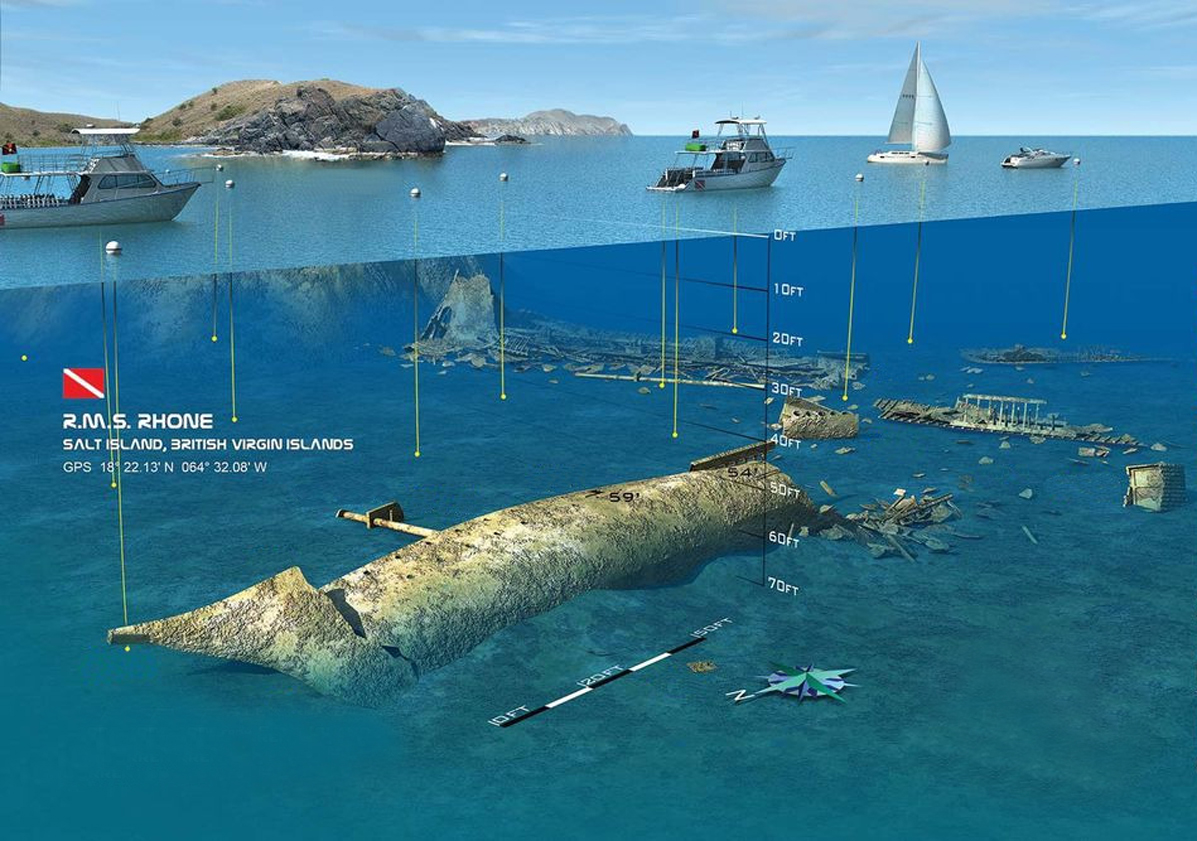
History and sinking
The RMS Rhone was built in London in 1863 for the Royal Mail Steam Packet Company, and was, at that point, one of the most advanced vessels in the world. Only the second vessel in the world to be fitted with a bronze propeller, the ship measured 310 feet long.
From 1865 to1867 the Rhone completed six voyages to Brazil, but in 1867 the ship’s route was altered and it began to run from Southampton to the Caribbean. Steamers in the Virgin Islands typically got their coal provisions from St. Thomas, but due to a yellow-fever outbreak there, the coaling station had been moved and the RMS Rhone and RMS Conway were in Great Harbour, Peter Island as a storm approached. Both vessels had dropped anchor and as the winds grew, they began to drag, forcing the ships ever closer to the shoreline of Peter Island. The captain of the RMS Conway made the decision to unload all of that ship’s passengers to the “unsinkable” RMS Rhone and make a hasty escape to Road Town, Tortola.
As Rhone Captain Robert F. Wooley saw what he believed to be a break in the storm, he gave the orders to cut the anchor loose. Having dragged around a coral head and impossible to raise, the anchor is still in the same spot and can be seen to this day.
Wooley believed that October was too late in the year for a hurricane and made the decision to ride out the weather in open water south of Peter Island. As he made his way out of Great Harbour, however, the winds changed. He realized that what he thought was the end of the storm was, in fact, the eye of what was later to be known as the San Narciso hurricane, a Category 3 storm.
The Rhone attempted to slip through the islands of Dead Chest and Salt Island to make it to open water, but one final obstacle was in the way: Blonde Rock, a reef that pops up to as little as 15 feet below the surface, sits half way between the two islands. In an effort to avoid it, Wooley gave the reef a wide birth and passed close to Salt Island. The ever-strengthening wind pushed the ship too close to the shore, however, and straight into Black Rock Point sometime after dark on October 19, 1867. The midship was pierced, and as the cool Caribbean water rushed into the engine room, the hot boilers exploded, splitting the ship in half. The ship sank quickly, and of the 146 people originally aboard — plus an unknown number of passengers from the Conway — only 23 survived.



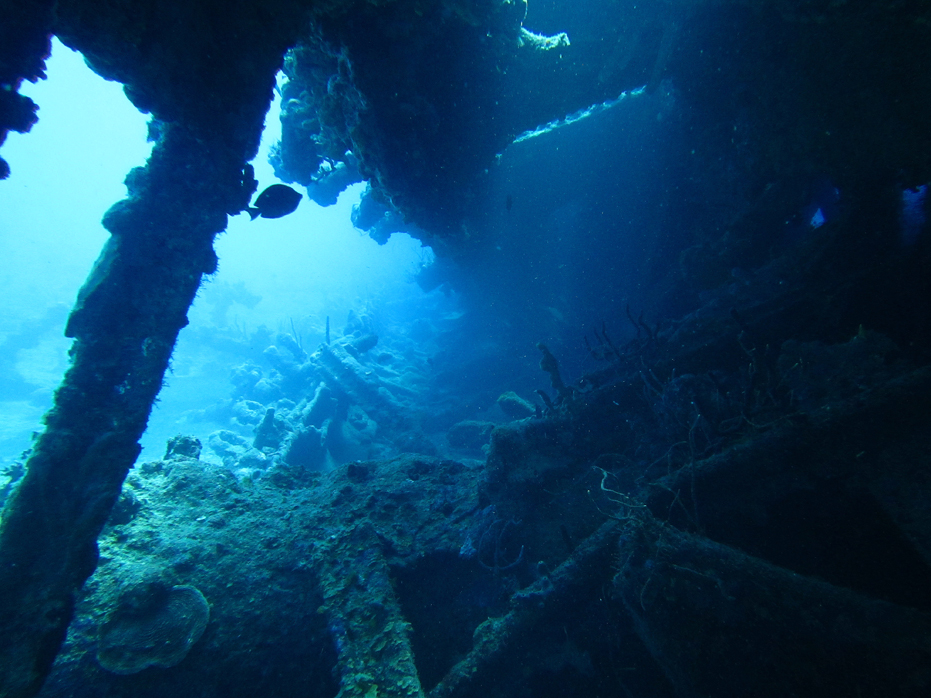

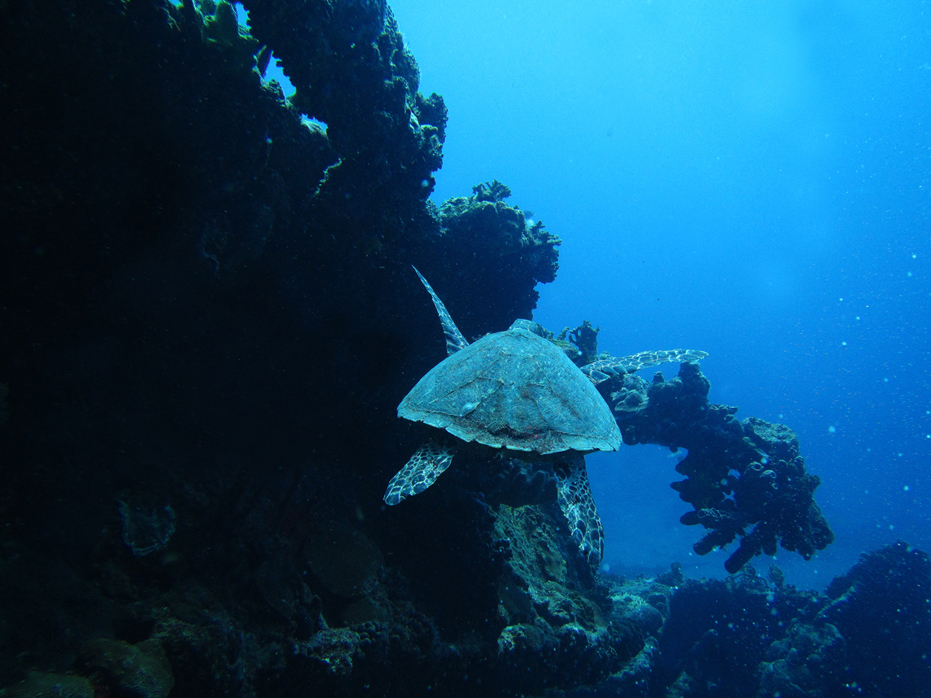
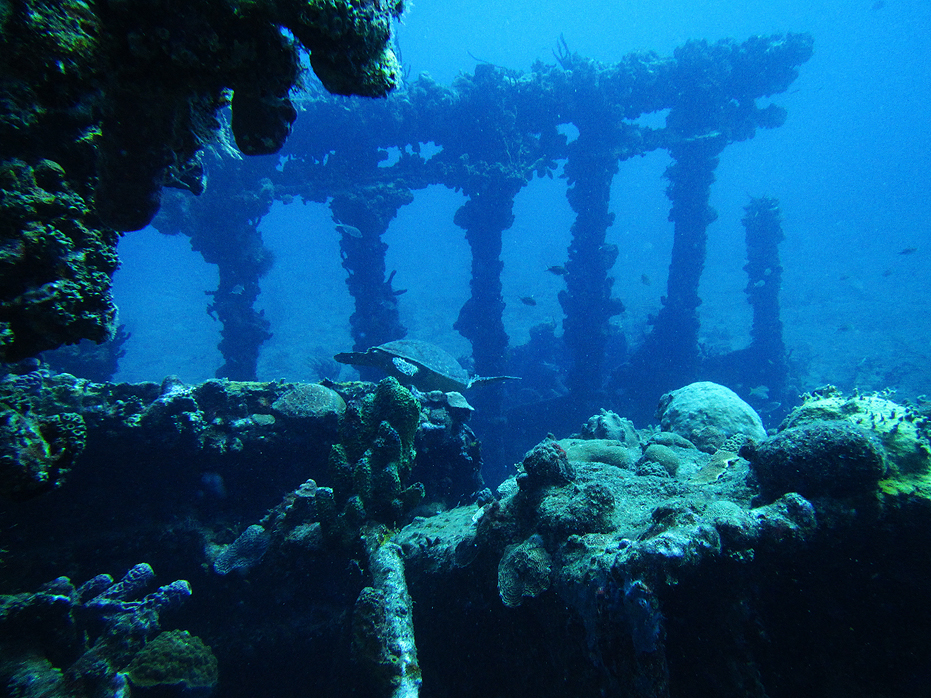
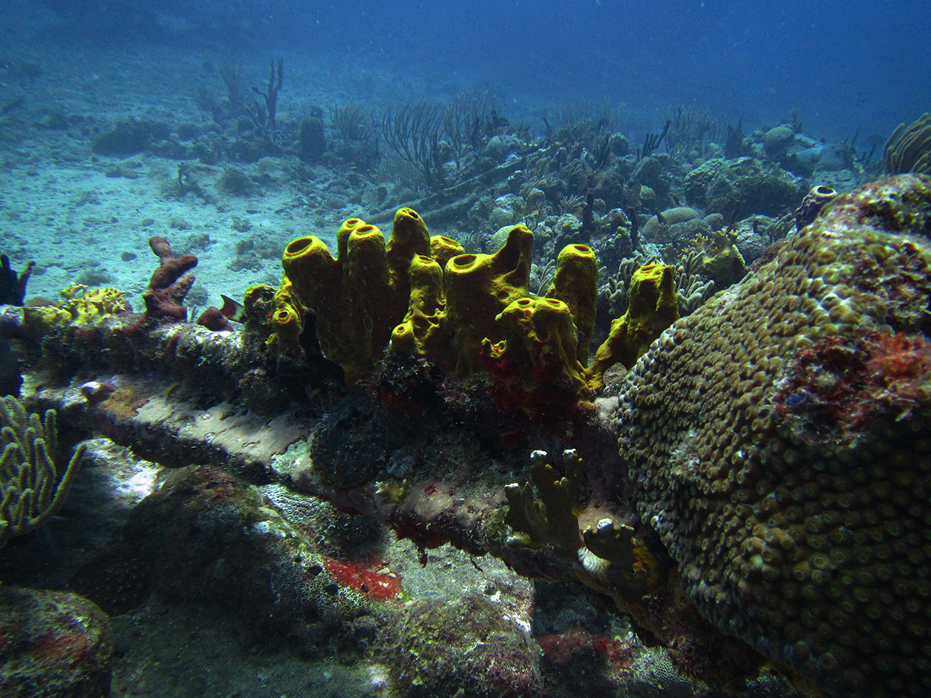
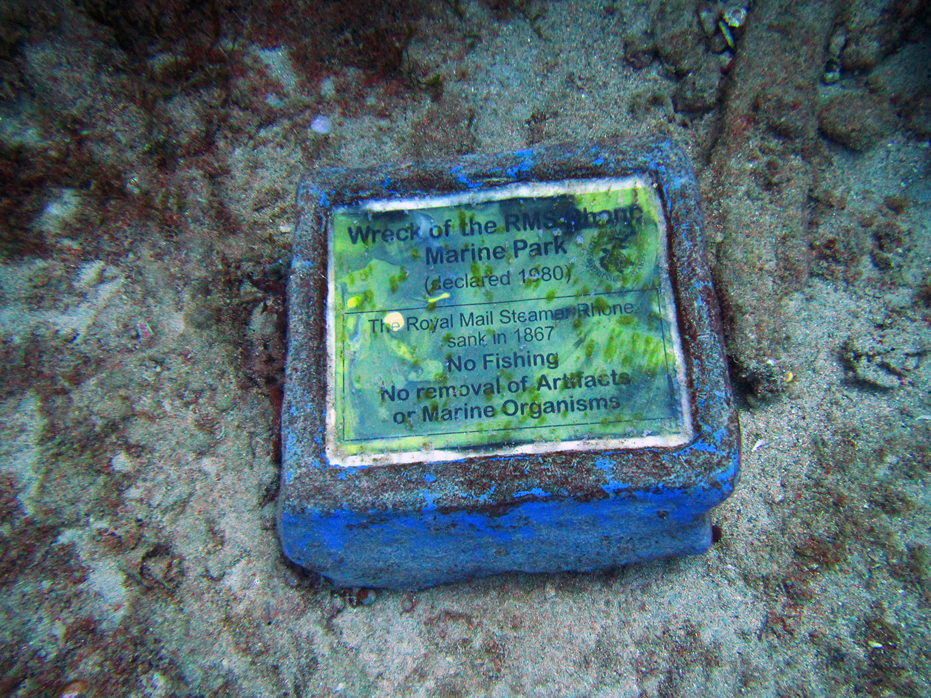
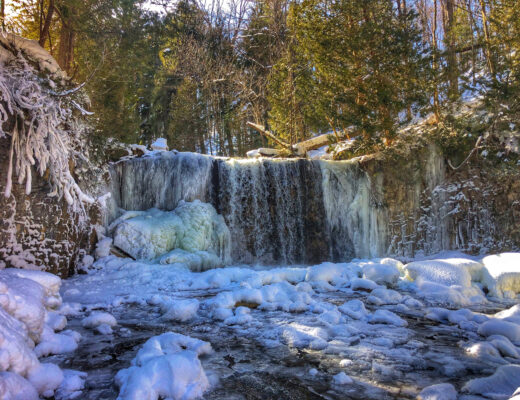



No Comments